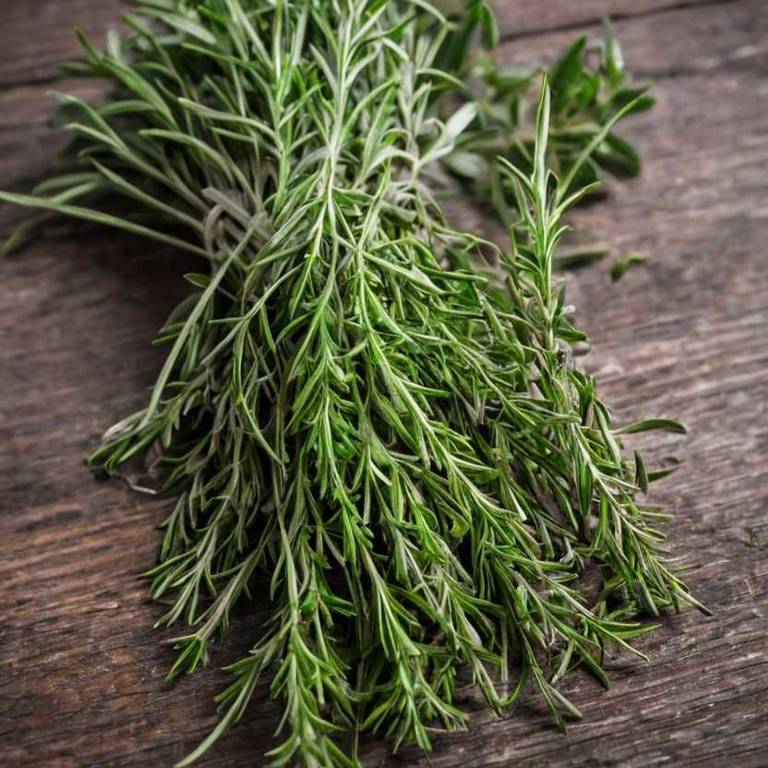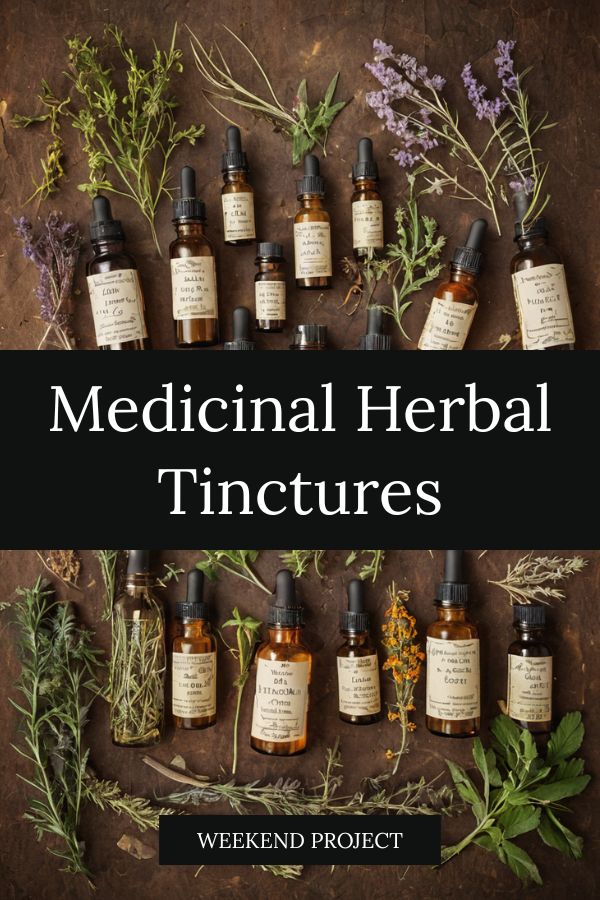Rosemary (Rosmarinus Officinalis)
Information Reliability Score: 5/10
This score reflects the overall reliability of the information presented in this article. It is based on the quality of scientific evidence, accuracy of sources, and the transparency of references related to Rosmarinus officinalis.

Rosemary, scientifically known as rosmarinus officinalis, is a medicinal herb widely recognized for its aromatic properties and diverse therapeutic applications.
It is often classified as an adaptogen and spice, valued for its ability to support mental clarity, memory, and overall well-being. Rosemary contains compounds like rosmarinic acid and carnosic acid, which contribute to its anti-inflammatory, antioxidant, and neuroprotective benefits. Historically, it has been used in ancient cultures for its role in enhancing memory and as a symbol of remembrance, while modern wellness practices incorporate it into aromatherapy, hair treatments, and dietary supplements.
Its distinctive pine-like flavor and unique chemical profile make it a staple in both traditional and contemporary health regimens.
FREE COURSE
How to make medicinal herbl tinctures for common ailments at home and in a weekend (using the Healing Drop System).

Table of Contents
Scientific and Botanical Profile
Rosemary, with botanical name Rosmarinus officinalis, is a woody, evergreen shrub belonging to the Lamiaceae family, known for its aromatic leaves and flowers.
Native to the Mediterranean Region, including Southern Europe, North Africa, the Middle East, and parts of Southwestern Europe such as Corsica, Sicily, Tunisia, Libya, Algeria, and Cyprus, it thrives in warm, dry climates. Morphologically, it features aromatic, linear, needle-like leaves that are dark green on top and grayish-white underneath, with small, blue or purple flowers that bloom in clusters. Commonly known by various names such as Marjoram, Sweet Sage, Sweet Marjoram, Greek Rosemary, Greek Mint, and Herb Of Grace, it has been historically valued for its medicinal and culinary properties.
Its essential oils, rich in compounds like camphor and pinene, contribute to its distinctive scent and therapeutic uses.
History and Cultural Relevance
Rosemary was used in ancient civilizations such as Egypt, Greece, and Rome for its aromatic and medicinal properties, often associated with memory and protection.
In traditional medicine systems, it was valued for its ability to treat headaches, digestive issues, and respiratory ailments, and was commonly used in herbal remedies and perfumes. The plant holds cultural significance in various rituals, including being placed in wedding bouquets to symbolize remembrance and fidelity, and in some folk traditions, it was believed to ward off evil spirits and bring good luck. Today, rosemary remains a popular herb in aromatherapy and natural remedies, with studies supporting its use in improving cognitive function and alleviating muscle pain.
Its enduring presence in both historical practices and modern wellness routines highlights its deep-rooted cultural and medicinal relevance.
Chemical Composition and Nutritional Profile
Rosemary contains a variety of bioactive compounds, including essential oils such as camphor, pinene, and limonene, as well as flavonoids like quercetin and rutin, along with terpenes and alkaloids, which contribute to its distinctive aroma and therapeutic properties.
It is also rich in nutrients, including vitamins A, C, and E, as well as minerals such as iron, calcium, and manganese, making it a valuable source of antioxidants and essential micronutrients. The essential oils in rosemary have antimicrobial, anti-inflammatory, and antioxidant effects, which may support immune function and cognitive health. These compounds work synergistically to enhance metabolic processes and protect cells from oxidative damage.
Overall, rosemary's chemical composition and nutritional profile make it a versatile herb with potential benefits for both physical and mental well-being.
Medicinal Properties and Health Benefits
Rosmarinus officinalis has long been revered for its potent medicinal properties and wide-ranging health benefits, primarily due to its rich content of antioxidants, anti-inflammatory compounds, and essential oils.
It is particularly known for its positive effects on the cardiovascular, nervous, and respiratory systems, helping to improve circulation, reduce anxiety, and ease respiratory congestion. Compared to similar herbs like thyme or sage, rosemary stands out for its higher concentration of rosmarinic acid, which enhances its antioxidant and neuroprotective effects. Its ability to support memory and cognitive function makes it a unique advantage over many other herbs used for mental clarity.
Additionally, rosemary's potent essential oils make it more effective in topical applications for muscle pain and skin health than many of its herbal counterparts.
Discover the 10 best health benefits of Rosemary.
Forms, Preparation and Usage
Rosmarinus officinalis has a variety of forms available, including fresh leaves, dried herbs, tinctures, powders, essential oils, and capsules, each offering different methods of preparation and usage.
It can be prepared as a tea by steeping dried leaves in hot water, or as a decoction by boiling the leaves for a longer period, while an infusion involves using cold water to extract its compounds. The essential oil is often used topically for its aromatic and therapeutic properties, and the powder or capsule forms provide convenient oral consumption. For adults, a typical dosage is 1-2 cups of tea per day, while children should only use it under medical supervision, with a reduced dose if safe.
Due to its potency, it is recommended to use rosmarinus officinalis sparingly, with a duration of use limited to short periods unless advised otherwise by a healthcare professional.
Safety, Side Effects and Contraindications
Rosmarinus officinalis can be generally safe when used in moderate amounts as a culinary herb or in herbal supplements, but it may cause side effects such as gastrointestinal discomfort, allergic reactions, or skin irritation in some individuals.
High doses or prolonged use may lead to more serious side effects, including increased risk of bleeding due to its potential anticoagulant properties. It may interact with medications such as blood thinners, antidiabetics, and antihypertensives, so caution is advised when combining it with other drugs or herbs. Pregnant and breastfeeding women should avoid large doses of rosmarinus officinalis due to limited safety data, and individuals with chronic illnesses like diabetes or hypertension should consult a healthcare provider before use.
To ensure safe use, it is recommended to start with small amounts, consult a healthcare professional, and avoid excessive or prolonged consumption.
Growing, Harvesting and Storage
Rosmarinus officinalis grows best in well-drained, sandy or loamy soil with a slightly acidic to neutral pH, in full sun to partial shade, and with moderate watering to avoid waterlogging.
It thrives in warm climates and requires regular pruning to maintain its shape and encourage new growth. To ensure healthy growth, it should be fertilized sparingly during the growing season and protected from frost. Harvesting is best done in the early morning or late afternoon, using sharp scissors to cut the top 2-4 inches of the stems, ensuring not to damage the plant.
After harvesting, the leaves should be dried in a cool, dark place with good air circulation, then stored in airtight containers to preserve potency and extend shelf life.